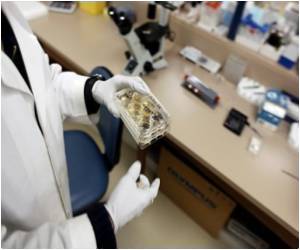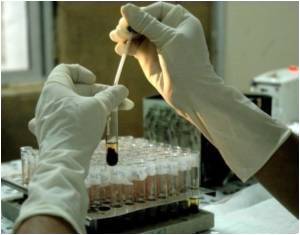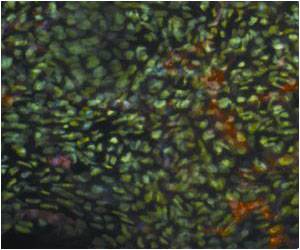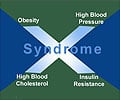Cancer cells are well known for their altered metabolisms, which may help them generate the energy they need for rapid growth.

The increased conversion of glucose into lactate had been observed in tumor cells in culture before, Goga explained. But there hadn't been a good way to see those dynamic changes in glycolysis (the metabolic pathway that converts glucose into pyruvate to release energy) in a living animal.
His team sought to change that using hyperpolarized 13C-pyruvate magnetic resonance spectroscopic imaging (MRSI) in mice whose cancer could be turned on and off via a single cancer-causing oncogene known as Myc. The imaging method made it possible to see the real-time conversion of pyruvate, a key product of glycolysis, into other metabolites as tumors began to grow and then to shrink.
"The model allowed us to see what happens before a tumor forms," Goga said.
What they saw was that the conversion of pyruvate to lactate increased as tumors developed, with the conversion of pyruvate into alanine predominating very early in precancerous tissues.
"We were surprised to see that very early shift," he said. They aren't yet sure exactly what it means, but Goga suggests it may lead to new strategies to tackle cancer in those earliest stages.
Advertisement
The findings could lead to new ways to diagnose liver cancer in its early stages. Better therapies and new imaging methods to monitor their effectiveness are also sorely needed in liver cancer. That's because the disease most often develops in patients with cirrhosis and the fibrous connective tissue typically found in their livers can prevent tumors from visibly shrinking even as they die. Hyperpolarized 13C-pyruvate MRSI may offer a way to assess drugs' effectiveness in such cases by visualizing changes in tumor metabolism.
Advertisement
In fact, the imaging technology they used is already being tested in an early clinical trial for use in patients with prostate cancer, another condition that can't be assessed well by current imaging methods.
Source-Eurekalert















